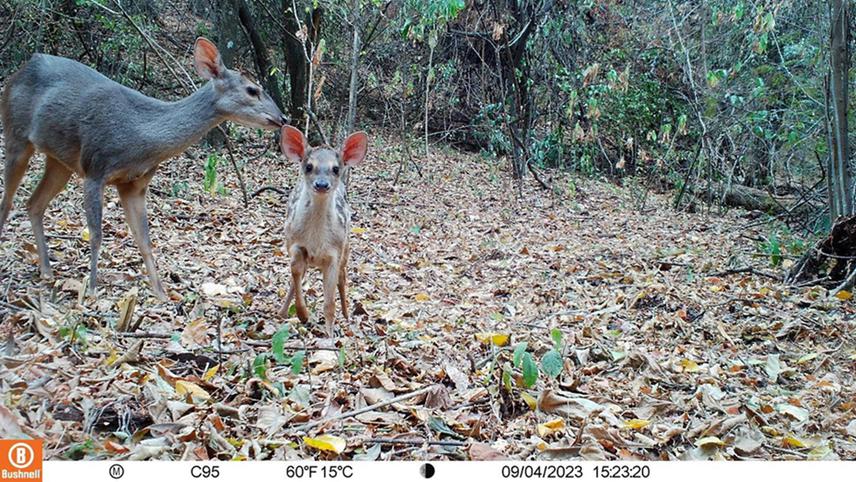Magdalena Salas
The piedmont forest in northwestern Argentina represents the most threatened forest of the Andean region, as it is estimated that 90% of the original forest has been transformed into agricultural land. Forest loss and degradation processes in the piedmont forest are associated with agricultural expansion, cattle ranching and forest logging. This area is really unique because it is the habitat of many endemic and endangered species, such as Panthera onca, Myrmecophaga tridactyla, Tapirus terrestris and Tayassu pecari, which play a key role for maintaining the ecosystem functions, and so, the integrity of countless ecosystem services. These ecosystem services are critical for humanity's well-being. Unfortunately, many medium and large mammals of the piedmont forest are close to extinction and species populations are declining. Only 4% of the original extension of this complex forest is under protection and it is generally associated with areas of high anthropogenic impact. An area declared as Conservation Landscape of the mountain range of Tartagal (CLT) in the piedmont forest of north-western Argentina is the home to many rare, charismatic and, in many cases, poorly studied species of medium and large mammals.

Photo taken by camera trap of a “corzuela parda” (Mazama gouazoubira) and its calf.
The Conservation Management Plan of CLT lacks specific and updated information around mammal species population status, as well as defined areas of conservation importance for the maintenance of mammal populations. Through camera surveys, we aim to assess the population status of medium and large mammals of the piedmont forest in the Conservation Landscape of the mountain range of Tartagal, in northwestern Argentina. By estimating occupancy of medium and large mammals, we will generate a baseline that can be used in future monitoring and conservation programs.
The occupancy models will allow us to contrast different anthropogenic and environmental conditions in areas occupied by endangered mammal species, making this baseline report of great use to identify critical areas for conservation to maintain or increase population status of these endangered species in the CLT. We will work with local communities alongside Fundación CEBio (Local NGO) and carry out talks in rural schools and National and Provincial Park centres to improve awareness about the conservation challenges related to medium and large mammals.
Finally, to ensure that the information reaches management programs, a workshop will be conducted involving key national, provincial and local policymakers and community members to present the final results regarding areas of high conservation value for threatened mammal species and discuss possible strategies.
Header: Jaguar’s tracks (Yaguareté in Spanish, Panthera onca) very easy to see in the mud alongside riverbanks where this great species is present. Yaguaretes are the biggest felids of America, categorized as “Endangered” at national level. © CeBIO.